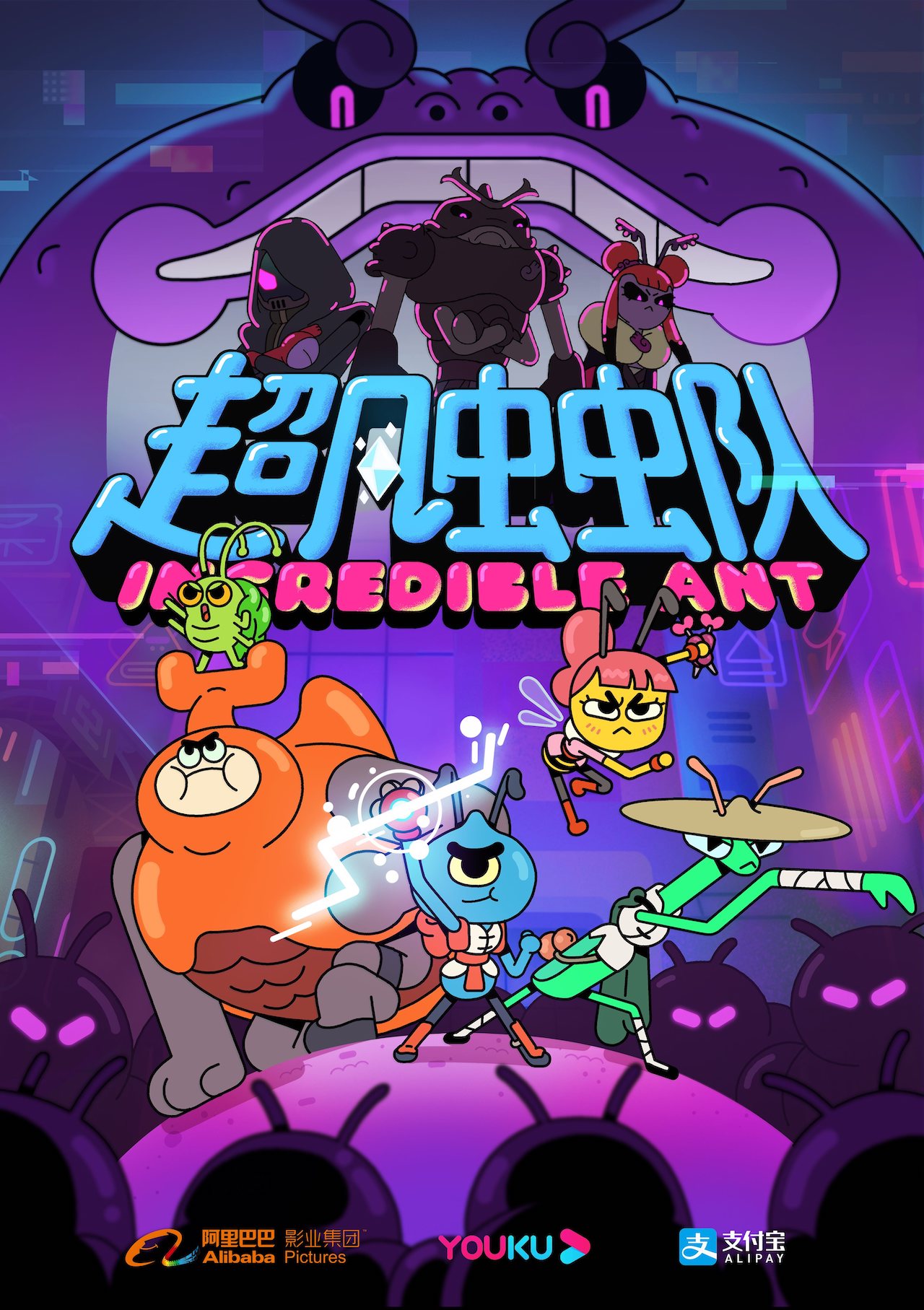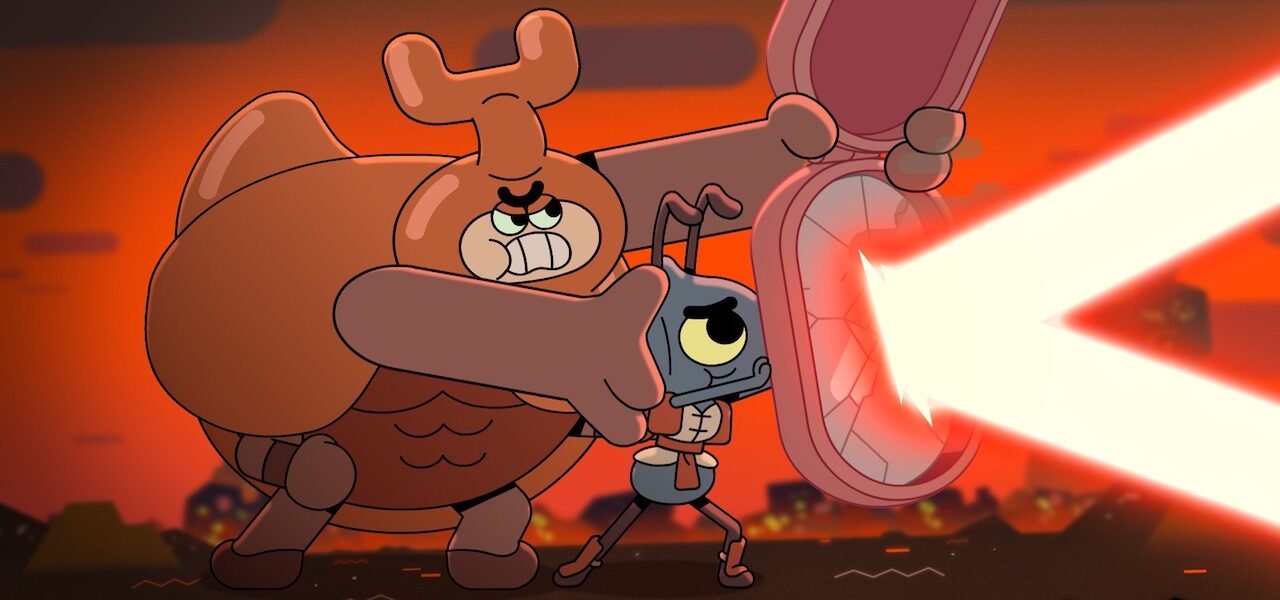
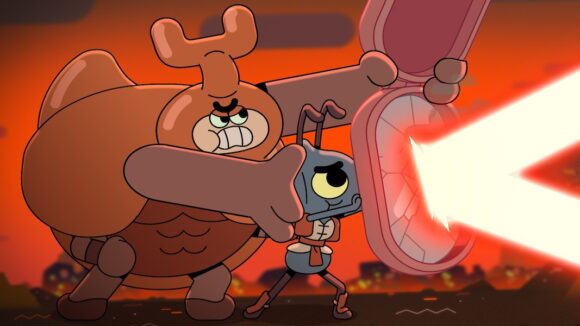
The Creator Of ‘Incredible Ant’ Is Bringing Fresh Style And Storytelling To Chinese Animated Series
When Cheng Li left China to study in France some 15 years ago, the animation industry in his homeland had a low profile. Today, Chinese animation is booming at home and drawing attention globally. Li is in the vanguard of that growth.
Now back in China — Shanghai, to be precise — Li has just debuted the first season of his series Incredible Ant on streaming platform Youku, where it garnered seven million views in its first two months. The show weaves an environmentalist message into its story of a pack of insects who defend their realm against an invasive toxic force.
Incredible Ant was explicitly conceived to appeal to an international audience. Li is well-placed to deliver such a show. After graduating with a master’s degree from France’s respected Supinfocom, he worked as an animator at director for a range of French and British studios, including Cartoon Network, where he was a staffer on The Amazing World of Gumball.
In 2013, Li returned to China to work as an art director at Disney. He eventually got the chance to pitch a project to Ant Financial, an affiliate of tech behemoth Alibaba Group. The result is Incredible Ant (which Li describes as “the first kids’ show presented by Alibaba Pictures”).
For the production, Li drew on his network of overseas contacts. He ended up with an unusually global team (for a project led out of China): his senior crew includes co-director Ben Marsaud and art director Baptiste Lucas from France, and story editor Nicole Paglia from the U.S., to name but three. The show was developed at Alibaba and Wildseed Studios in the U.K.; the animation was handled by Canada’s Atomic Cartoons. The global influence is seen in the graphic style, which bears the stamp of shows like Gumball and Counterfeit Cat.
Below, Li tells Cartoon Brew how he came to make such an atypical show, why he returned to China in the first place, and what he sees in the country’s future.

Li: Today in China, the young generation mostly watch Chinese- and Japanese-style animated series. Those are mostly the only choice. So I wanted to bring a new style of animated series to them, especially as a big fan of The Amazing World of Gumball, Gravity Falls, Wander Over Yonder, Rick and Morty, etc. I think it’s always nice to have a variety of content in the country.
In China, the industry is growing up fast, and we’re seeing more and more good content in the market — but mostly for teens. There’s a lack of quality content for young kids and preschoolers. That’s why I wanted to make a world-class animated series for them, both story-wise and technique-wise.
I always trust that globalization is a good thing, even when we are facing the huge challenge of de-globalization today. Culture is a good way to link and relink the world. I learned that when I lived in France and got a huge culture shock.
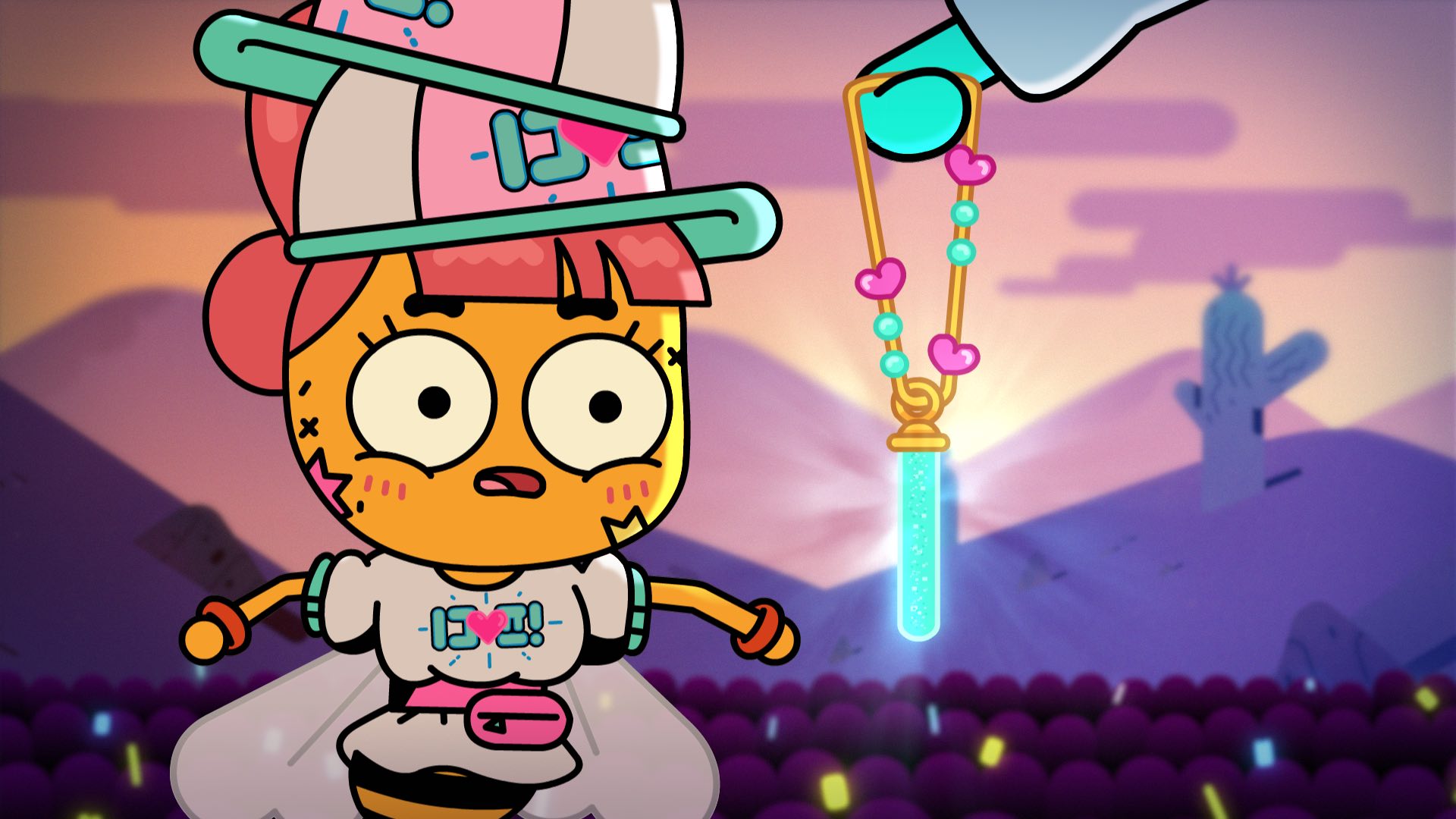
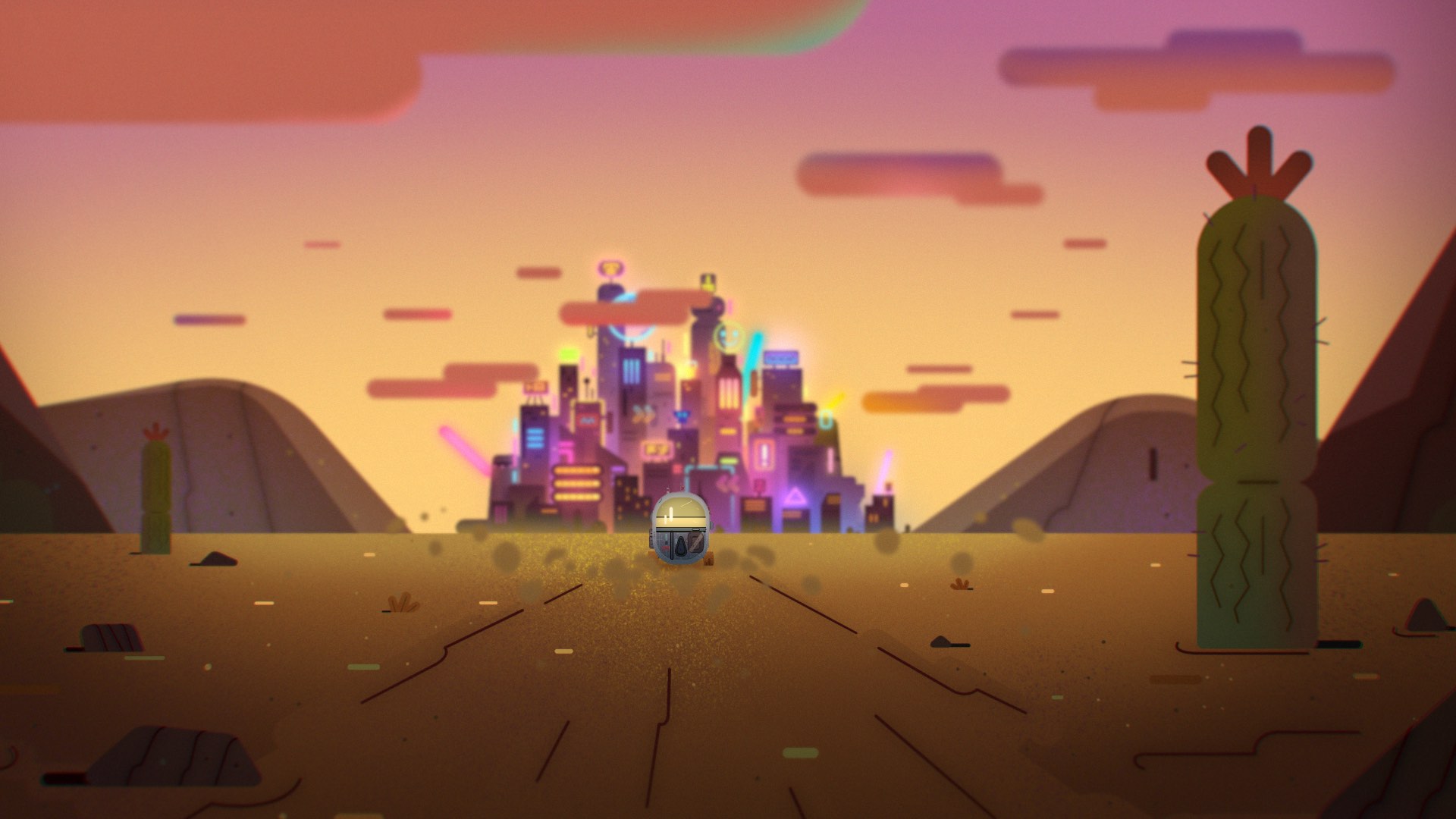
So during our story/design development, I kept a Chinese core in the story but brought in huge influence from American pop culture: Hollywood sci-fi movies from the 1980s and 1990s, cyberpunk, Synthwave music, German industrial and architectural design. I also used American and French cartoon design styles for visual reference.
Many great artists have successfully merged Eastern and Western influences before: Hayao Miyazaki’s Howl’s Moving Castle, which is based on Diana Wynne Jones’s novel, or George Lucas’s Star Wars, which was inspired by Akira Kurosawa’s Seven Samurai.
Our team is very international. Our series directors, art director, head of story, and character designers are American, French, and British. Our music/sound studio is in Canada. We work a lot remotely; due to internet connection issues, our communication has not always been smooth. But I truly believe that this will become a popular workflow in the industry.
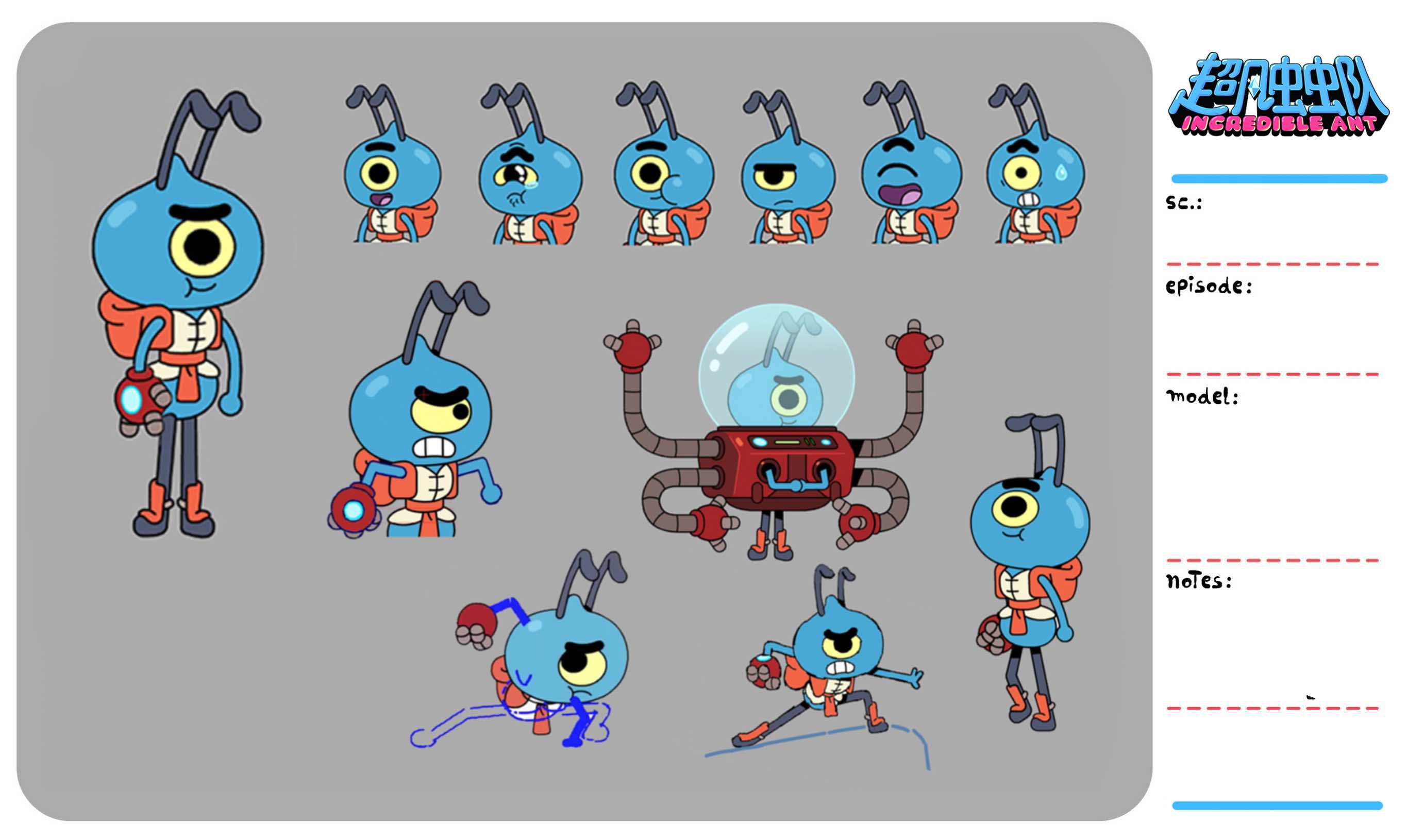
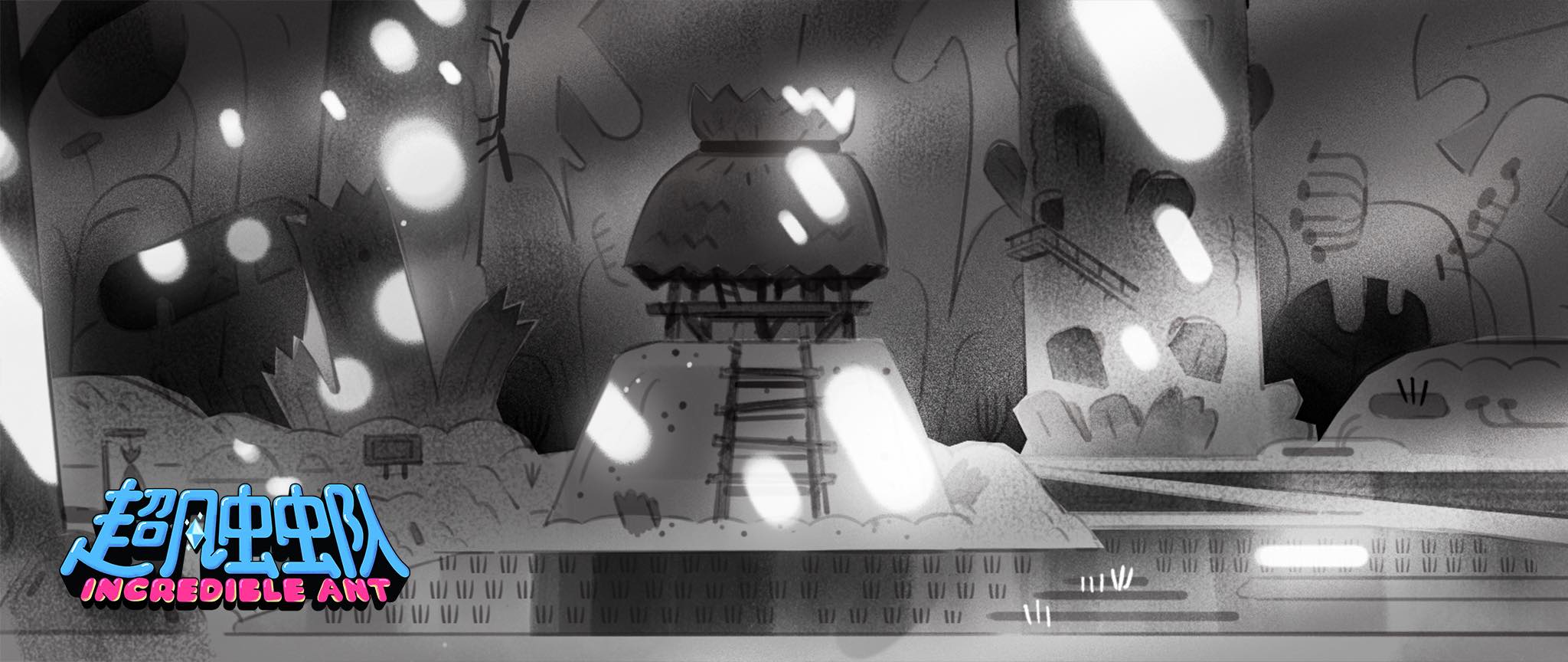
“I would like us to find our own Chinese style of animation”
Studying contemporary art and animation in France was kind of a turning point of my life, because back then the animation industry was still small in China. My eyes were opened to animation and I absorbed different arts, aesthetics, and cultures like a sponge. The French animation schools, such as Supinfocom and Gobelins, are very professional and creative, which impressed me. People’s enthusiastic, creative thinking and perfectionism on animation was what I learned most there.
After I’d spent many years studying and working [in Europe], the Chinese animation industry became very interesting and vigorous, so I considered that I should join this new wave.
In the Chinese animation industry, people learn the technical side very fast. We have more and more good production artists (modelers, lighters, comp artists, even animators). You’ll notice it if you see some recent Chinese animated movies, such as Ne Zha and The Legend of Hei.
But to be honest, the storytelling and art direction are still the main weaknesses in most Chinese animated movies and tv series. Also, I would like us, one day, to find our own Chinese style of animation.
